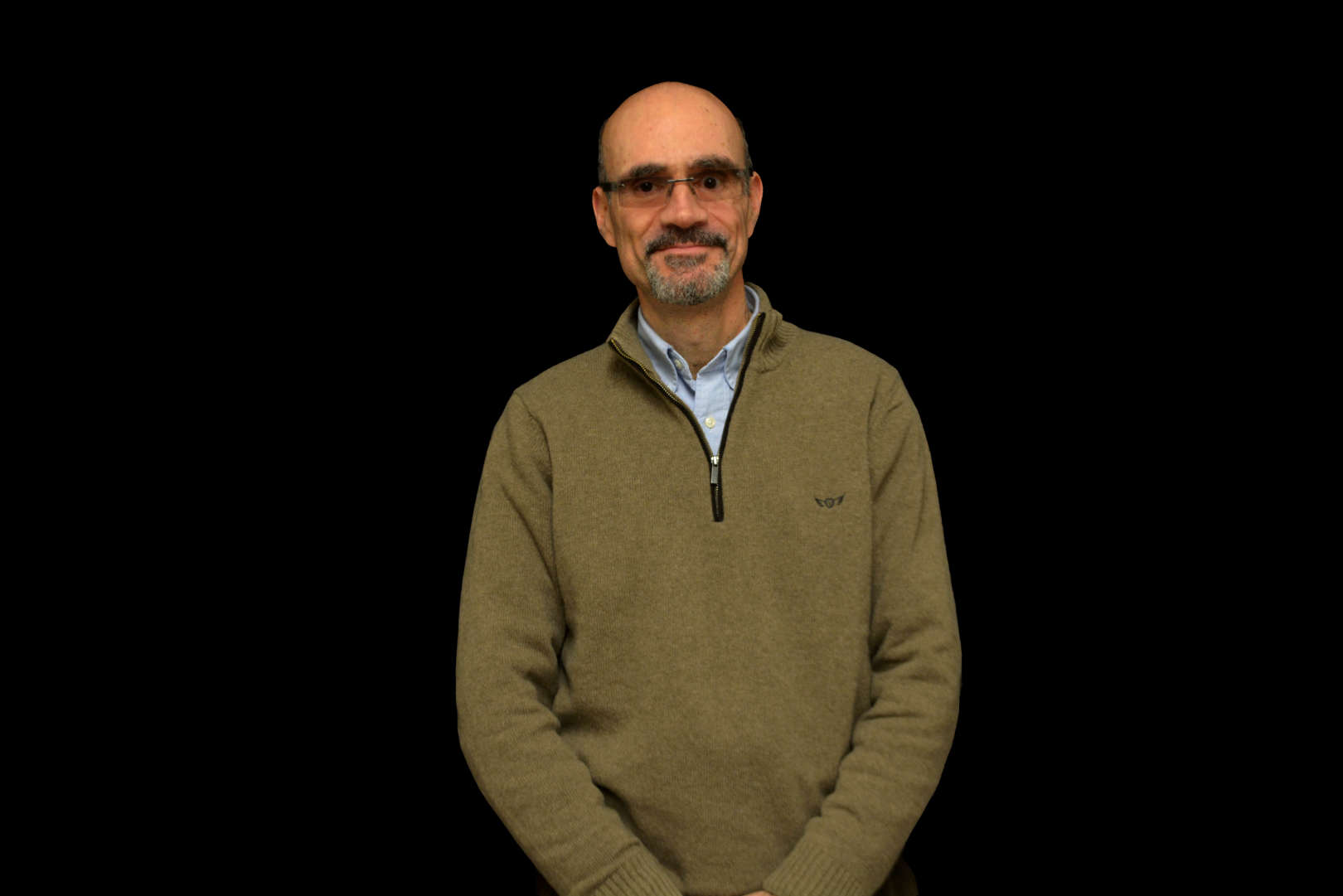Sobre
Henrique M. Salgado graduou-se em Física Aplicada (Óptica e Eletrônica) na Universidade do Porto em 1985 e recebeu o grau de doutoramento em Engenharia Eletrónica e Sistemas Informáticos pela University of Wales em 1993. Ingressou no Departamento de Engenharia Elétrica e Informática da Universidade do Porto em 1999 como Professor Auxiliar Convidado e em 2003 tornou-se Professor Associado. Desde 1995 que dirige a área de Óptica e Eletrónica do INESC TEC, sendo responsável por vários projetos de investigação nacionais e internacionais (Europeus) e contratos com a indústria . De 1997 a 1999, foi Investigador Principal no Department of Electrical and Electronic Engineering of the University College London, Reino Unido e anteriormente Investigador Auxiliar na School of Electronic Engineering and Computer Systems, Bangor, Reino Unido. Ele é o autor e co-autor de enúmeras publicações internacionais no campo das comunicações de fibra óptica e microondas. Os seus atuais interesses de pesquisa incluem: tecnologia de rádio sobre fibra e fotónica de microondas, equalização digital em sistemas ópticos coerentes, redes totalmente ópticas, modelação de não-linearidades e projeto de antenas compactas multibanda. Ele é membro da Photonics Society e Communications Society do IEEE.


